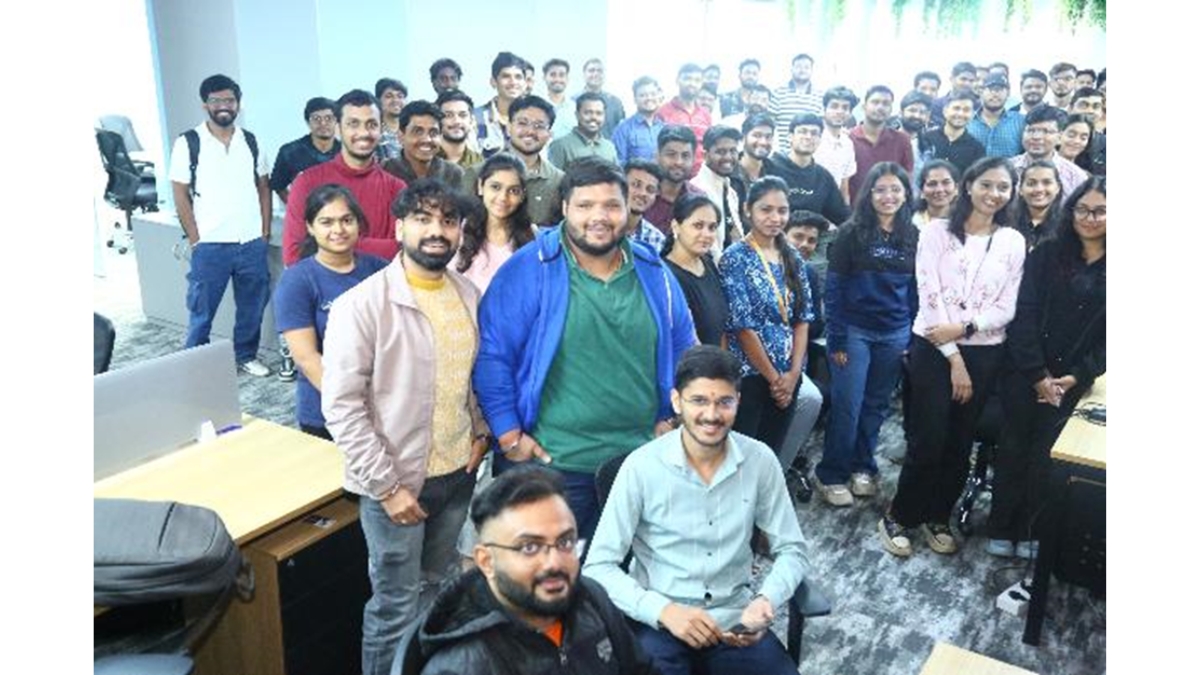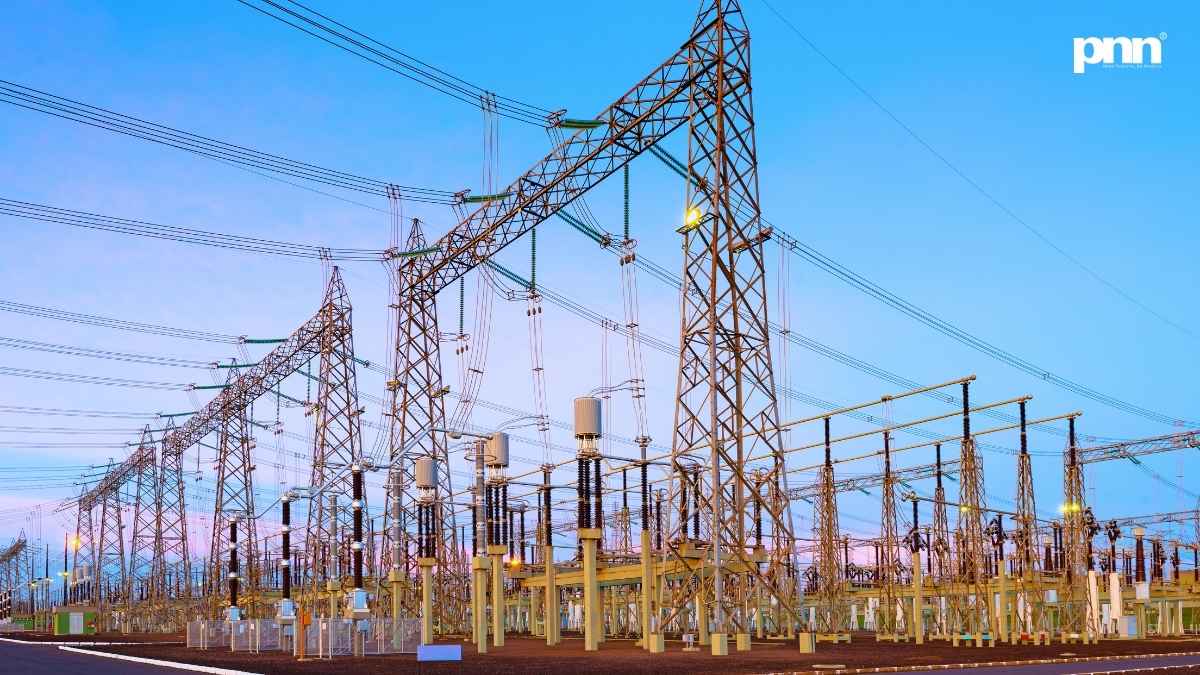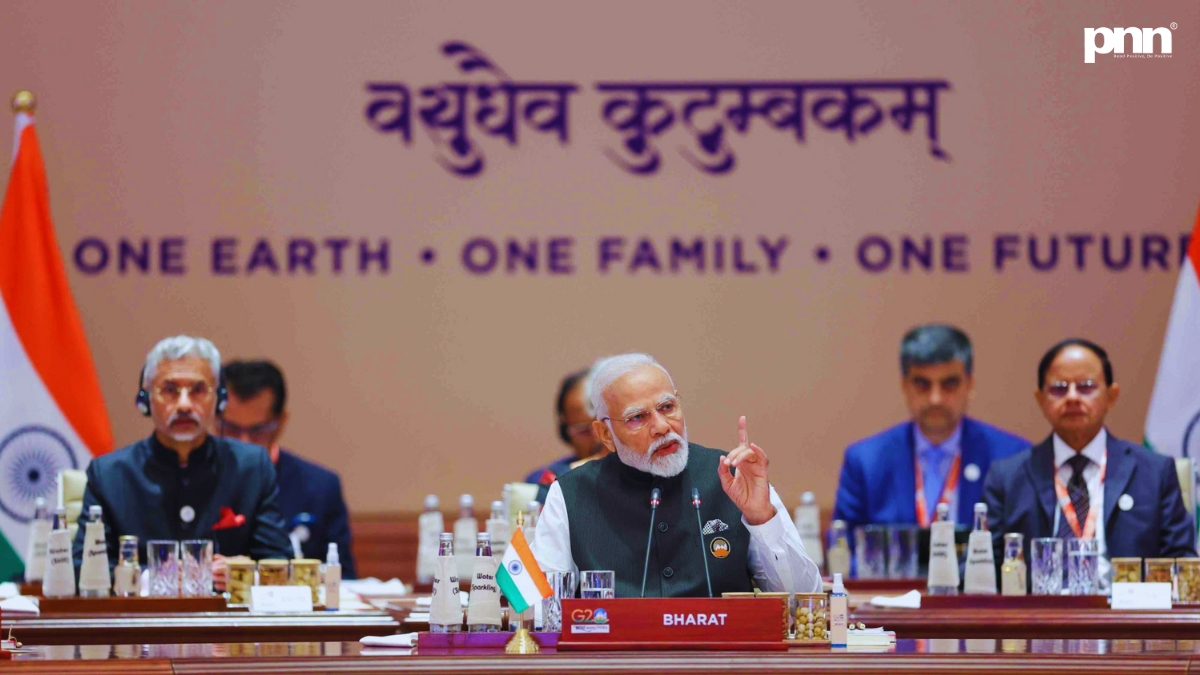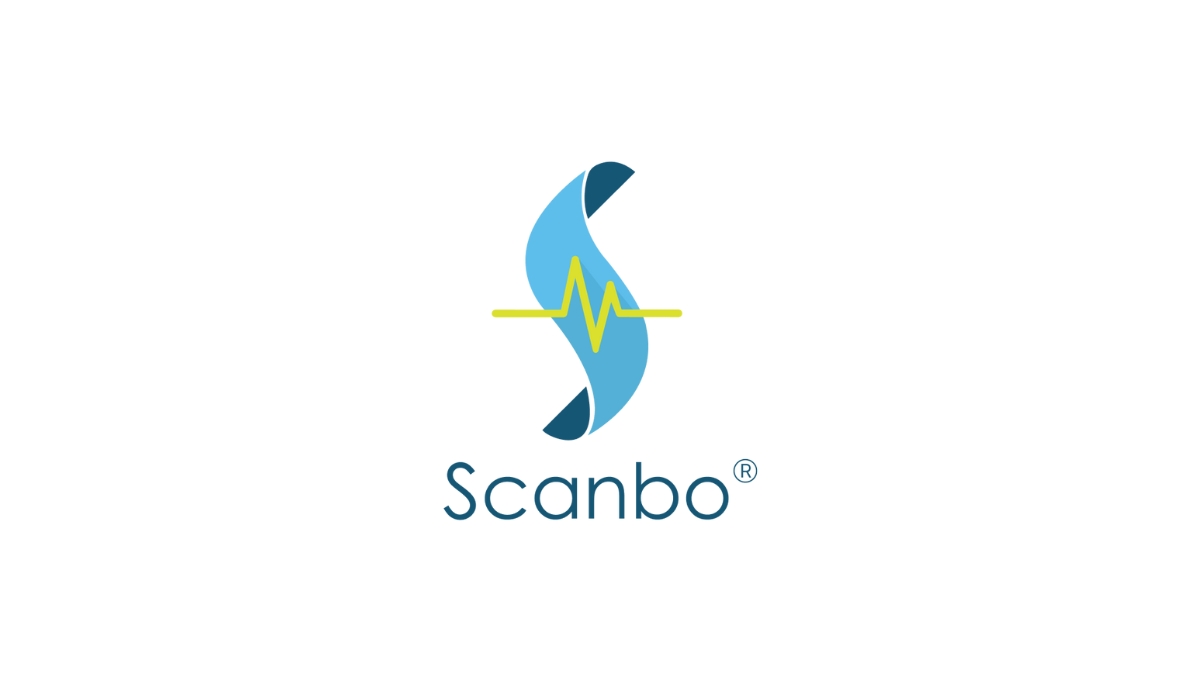
New Delhi [India], September 15: India’s latest GST reforms mark a transformative step for the agriculture sector, with the revised slab structure set to roll out from September 22, 2025. The government has streamlined the system into four key slabs 0%, 5%, 18%, and 40% while effectively rationalizing most goods and services under the 5% and 18% brackets. Importantly, essential commodities and agricultural inputs have been placed within the lower slabs, ensuring affordability and encouraging growth within the farming ecosystem.
Sharing his perspective on the development, PS Gahlaut, Managing Director of Indian Potash Limited, said that the reforms mark an important shift in the way India treats its primary sector.
Direct Relief Through Lower Input Costs
The fertilizer industry will benefit significantly, as finished fertilizers and several key agricultural inputs will now be taxed at just 5%.
The government’s decision to slash GST rates to 5% (from 18%) on critical raw materials such as sulphuric acid, nitric acid, and ammonia addresses a longstanding imbalance that has burdened manufacturers.
However, it is important to note that while bio-pesticides have seen a tax reduction, chemical pesticides will continue to attract an 18% GST.
As PS Gahlaut points out, “inputs such as fertilizers and pesticides make up a major portion of farming costs. With the recent GST rationalization, farmers are expected to save significantly on these inputs, which translates into meaningful additional income per acre. Such savings for farmers cultivating multiple acres can substantially boost their earnings each season.”
These reductions not only ease the cost burden but also improve accessibility, helping farmers invest more efficiently and prioritize better crop management.
Mechanization at the Grassroots
The GST reform has brought farm equipment under the 5% GST slab, significantly reducing the tax burden on various agricultural machinery. This includes tractors (except road tractors with engine capacity above 1800 cc), diesel engines up to 15 HP, hand pumps, nozzles for drip irrigation and sprinklers, soil preparation machinery, harvesting and threshing machines, straw balers, hay mowers, poultry-keeping and bee-keeping machines, composting machines, self-loading trailers, and parts and accessories for tractors like tyres, hydraulic pumps, wheel rims, and transmissions.
This reduction in GST will benefit farmers by making essential machinery more affordable, encouraging mechanization across small, medium, and large farms. Affordable access to modern farm equipment is expected to increase productivity, reduce labor costs, and improve efficiency in farming operations.
“By making small tractors, seeders, planters, and sprayers under the 5% slab, the government is directly encouraging technology adoption. In states like Uttar Pradesh, Bihar, and Madhya Pradesh, where landholdings are typically small, affordable machinery can help farmers boost productivity while reducing their reliance on costly and often unavailable labour during peak seasons.” Opines Gahlaut.
Easing the compliance burden
Earlier, mandi operators and rural traders faced heavy compliance burdens, struggling due to lack of digital infrastructure and clarity on complex GST rules.
Under the new GST system, eligible applicants will receive registration within three working days. Businesses will be classified as low-risk based on data analysis and risk parameters. Those who do not claim input tax credit (ITC) exceeding ₹2.5 lakh per month can also opt into this simplified registration scheme.
This new system is expected to benefit around 96% of fresh applicants, making GST registration faster, simpler, and more convenient, thereby supporting small businesses and encouraging entrepreneurship.
PS Gahlaut noted, “By simplifying input tax credit (ITC) processes and easing invoicing requirements, the government has made the system far more transparent and farmer-friendly.”
This streamlining of regulations will reduce the compliance load for small traders and operators, empowering them to operate more efficiently and ultimately benefiting farmers by fostering smoother market operations and price discovery.
Road ahead
While praising the positive impact of current reforms, PS Gahlaut stressed the need for long-term measures addressing the entire agricultural value chain.
He pointed out, “Lower GST on fertilizers and machinery is just the first step. The next big challenge is post-harvest management. Farmers lose 1.5 lakh crore of their produce each year due to poor storage and logistics. Government must work on ways and methods to reduce this number significantly.”
Despite GST exemptions on cold storage and warehousing for agricultural produce, farmers still face significant losses of 15–20% annually due to several underlying challenges. These losses arise from inadequate infrastructure such as insufficient and poorly maintained storage facilities, limited access to modern cold chain systems, and inefficient logistics networks.
Additionally, post-harvest handling practices, including improper grading, sorting, and packaging, contribute to deterioration and spoilage during transportation and storage. The perishability of many fruits and vegetables, coupled with high price volatility, often leads to delayed sales and forced disposal.
Thus, while tax exemptions reduce direct costs, addressing these structural inefficiencies through better infrastructure, technology adoption, and supply chain management is essential to significantly reduce the current magnitude of post-harvest losses.
However, all in all PS Gahlaut describes the reforms as a “farmer-centric and timely intervention” that signals the government’s commitment to supporting farmers by immediately lowering input costs and fostering mechanization.
If you have any objection to this press release content, kindly contact [email protected] to notify us. We will respond and rectify the situation in the next 24 hours.








